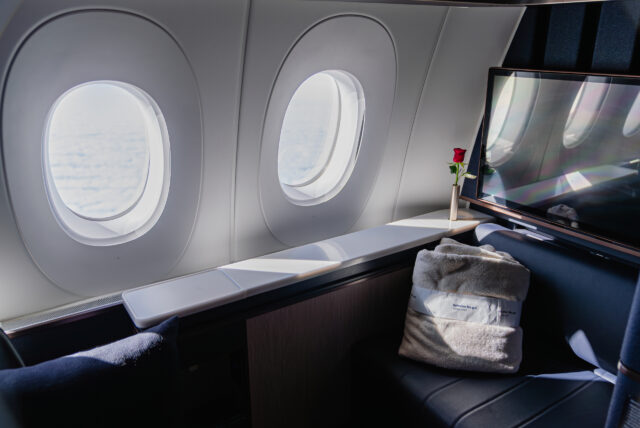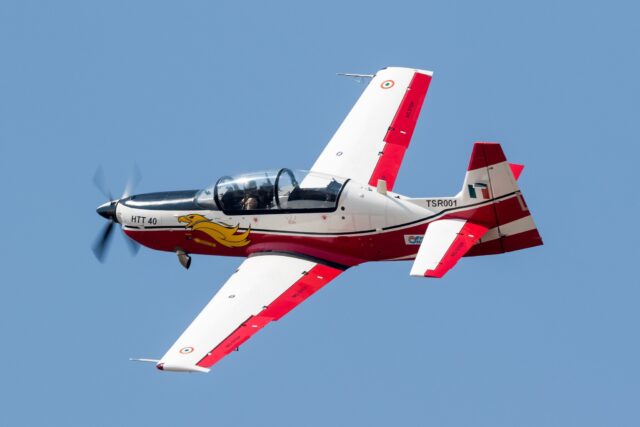Scotland’s regional airliner: what happened to the British Aerospace Jetstream 41?

November 15, 2025
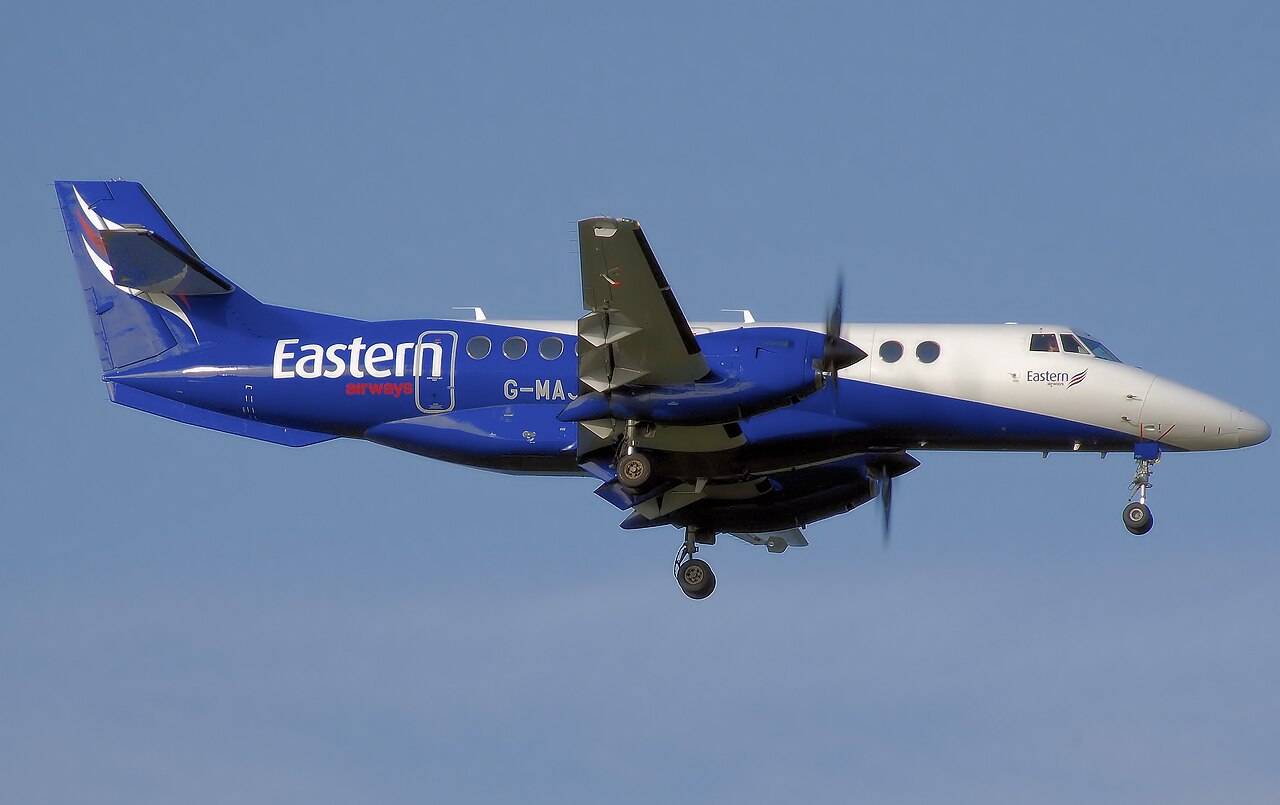
With the recent demise of UK regional carrier Eastern Airways, the airline service life of the British Aerospace Jetstream 41 may have come much closer to an end, 34 years after the type’s first flight. With nine of the type grounded as a result of that airline’s failure, there seems to be little chance of anyone taking these aircraft on and prolonging the service life of the plane.
34 years ago, on 25 September 1991, the British Aerospace (BAe) Jetstream 41 took off on its maiden flight from Glasgow Prestwick Airport (PIK) in Scotland.
In total, 104 of the type were built over the next six years, with production finally ending in May 1997. However, as of November 2025, only seven remain in regular service worldwide.
Aerospace Global News takes a look at the history behind the British regional turboprop built in Scotland and examines why the type did not survive the test of time.
History of the BAe Jetstream
In the late 1960s, the UK aircraft manufacturing landscape was dominated by three companies – Handley Page, Hawker Siddeley, and the British Aircraft Corporation.
With proposals to merge the three companies gathering pace, Hawker Siddeley threw everything it had into designing a new commuter aircraft to be pitched at smaller US regional airlines.
The concept drawn up by the company was to design a small, low-wing, twin-engine airliner with a pressurized cabin, to be known as the Jetstream. Vital to the design process was that the aircraft needed to accommodate fewer than 20 passengers.
Beyond that size, US airlines would need to employ a flight attendant on each Jetstream-operated route and also place their pilots on a higher pay grade. This was due to a ‘scope clause’ in pilots’ contracts.
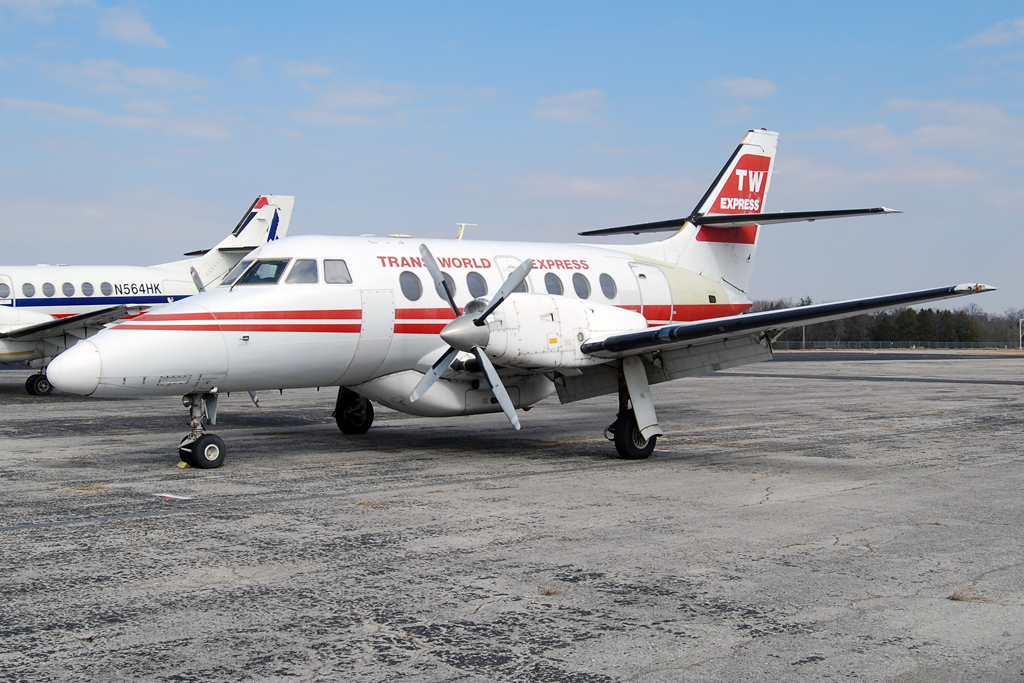
Having undertaken the early development of the Jetstream, Handley Page ran into serious financial difficulties. Facing possible bankruptcy head-on, the company had little choice but to sell the design rights for the Jetstream to a smaller company, Scottish Aviation, with development on the project slowing to a trickle.
Scottish Aviation eventually saw low-level success for the Jetstream with the RAF in particular, which ordered 26 aircraft as trainers. With sales of the Jetstream beginning to gather pace, Scottish Aviation was later merged with British Aircraft Corporation and Hawker Siddeley in the 1977 privatisation that led to the formation of British Aerospace (BAe).
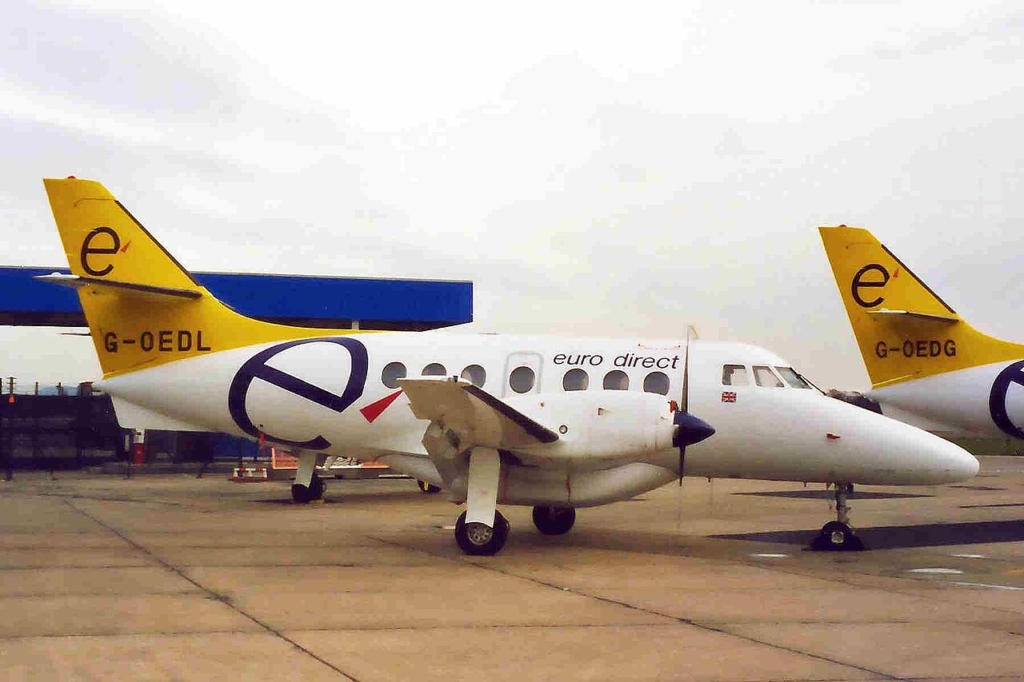
With Scottish Aviation being taken over by BAe, a decision was made to accelerate the development of the Jetstream aircraft to meet increasing market interest. BAe began this process by adding more powerful engines and redesigning the wings, thus improving the plane’s speed and range capabilities.
The plane eventually found great favour within the market for which it had always been intended (the US regional aviation sector), and sales of the Jetstream 31 and later the upgraded Jetstream 32 took off. 386 of the type were built between 1980 and 1993.
The Jetstream 41 concept is born
Riding on the relative success of the Jetstream 31/32 programme, in 1990 BAe decided to launch a stretched Jetstream variant that could hold around 30 passengers.
The company did this with a view to competing with other regional aircraft in the same class, such as the Embraer Brasilia, the Saab 340, and the Dornier 328, all of which were selling in the US.
To accomplish this, BAe added another 4.8 metres (16ft) to the length of the Jetstream 31 fuselage, by means of a 2.5m (8ft 3in) plug forward of the wing and a 2.3m (7ft 9in) plug to the rear.
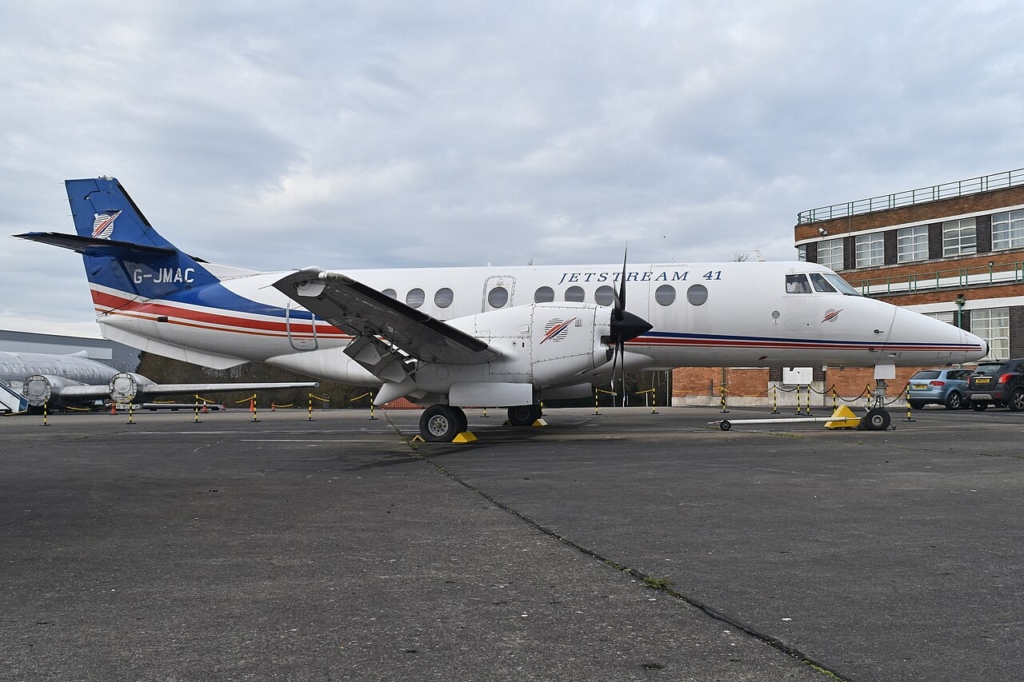
This stretch meant the aircraft could accommodate 29 passengers in a 2+1 layout – the same configuration as its smaller sister.
To provide the capabilities needed, more powerful engines in the form of two Allied Signal TPE331-14 engines driving five-blade propellers were added to the design, along with redesigned wings.
Named the BAe Jetstream 41, the new aircraft received its European airworthiness certificate on 23 November, with United States certification following on 9 April 1993.
First delivery of the Jetstream 41
The first BAe Jetstream 41 was delivered to Isle of Man-based Manx Airlines on 25 November 1992, which used its newest type to link the island with various regional airports across the UK and Ireland.
With sales for the Jetstream 41 remaining steady while not staggering, when BAe unveiled its first-half results in October 1994, the regional turboprop business emerged as the most serious drain on the company’s profits.
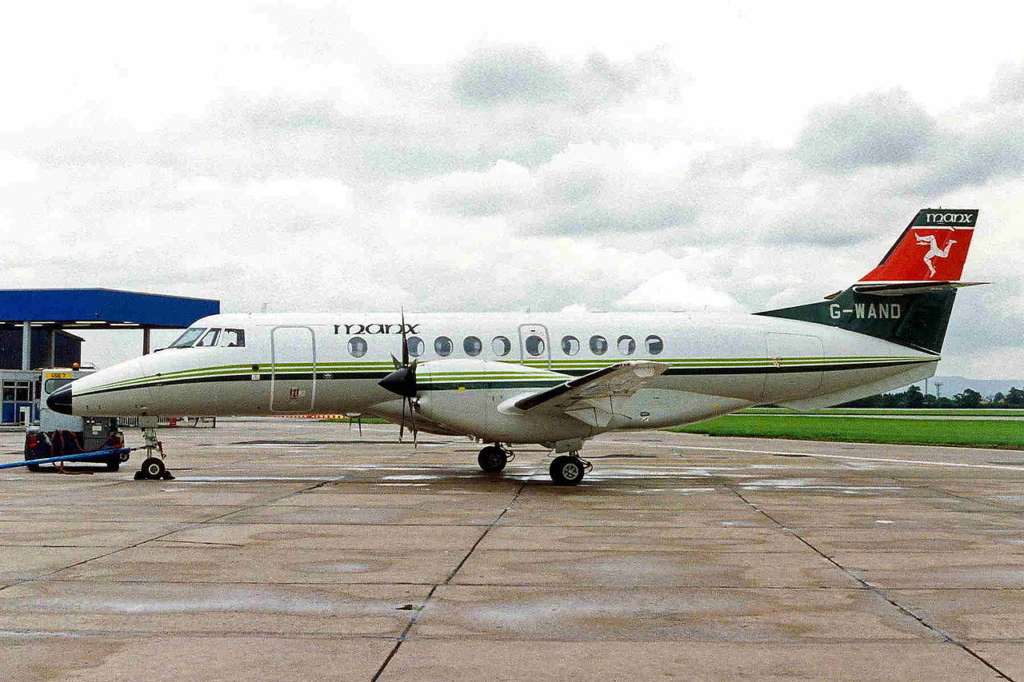
Production of the type was slow, remaining at 35 aircraft per year compared to the original plan to produce 75 per year before an economic recession hit in 1992.
With only 12 unfulfilled orders for the Jetstream 41 by this time, production began to wind down, falling from 35 per year in 1995 to a proposed ten for 1997. This backlog had fallen to almost zero at the end of 1996 before Atlantic Coast Airlines of the US placed an order for 12 more airframes.
Jetstream 41 sales numbers struggled
In an attempt to revive the fortunes of BAe’s regional aircraft division, in January 1996, the BAe Jetstream 41 became a part of a marketing consortium which consisted of ATR, Aérospatiale (of France), Alenia (of Italy), and BAe. However, this move did little to revive the fortunes of the Jetstream 41 programme.
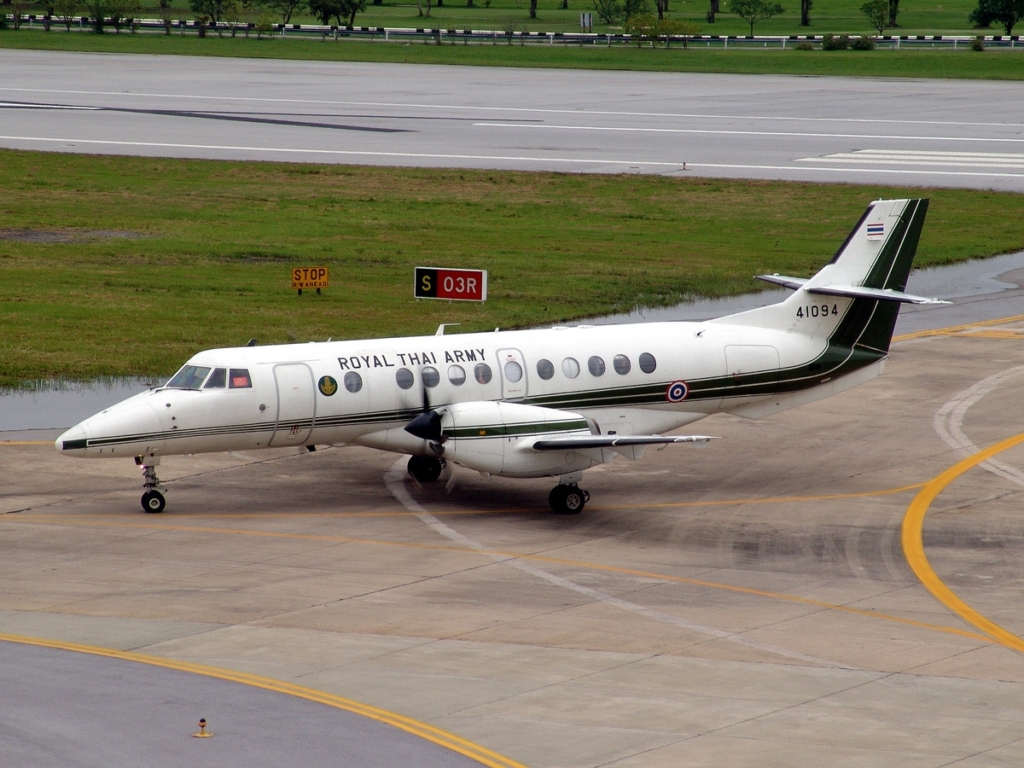
In 1996, BAe reported that it was losing £1m on each of the 20 Jetstream 41s it would deliver that year, which were being sold at a list price of £4m. With these poor results, it came as little surprise that BAe eventually announced its exit from turboprop regional aircraft production,
In May 1997, BAe formally announced that it was halting production of the Jetstream 41 after having built 104 aircraft, with two incomplete aircraft still on the production line in Prestwick, Scotland, that would be used for spare parts.
Operators of the Jetstream 41
Despite sales being initially strong and Jetstream 41s finding their way into all four corners of the globe during their service life, serviceable numbers dwindled over the years.
As of October 2025, there were 20 aircraft left in service. Two serve with Angola’s Airjet, while two fly for France’s Aviation Défense Service. This company had its former US-registered aircraft refitted with consoles and large underbelly radomes for maritime patrol rear crew training for the French Navy.
Five are operated for Proflight of Zambia, while two are with the Royal Thai Army. Eastern Airways of the UK had nine.
Previous major operators included Airlink of South Africa, which operated eight examples, while Trans States Airways in the US (a regional subsidiary of TWA) had 25 at one point.
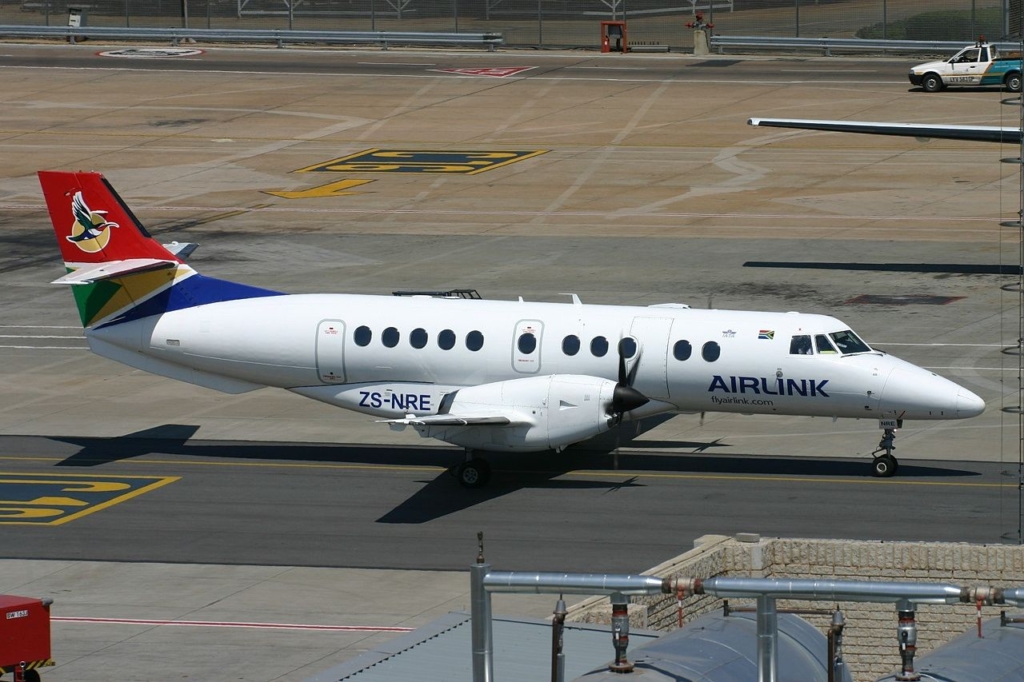
Loganair in the UK had three, and Sky Express of Greece operated two for inter-island services. Yeti Airlines of Nepal had six, although one was written off in a landing accident in 2016.
Until recently, Humberside Airport (HUY)-based Eastern Airways operated nine of the type on regular scheduled passenger flights. It had another ten in storage at Humberside, with some being used for parts.
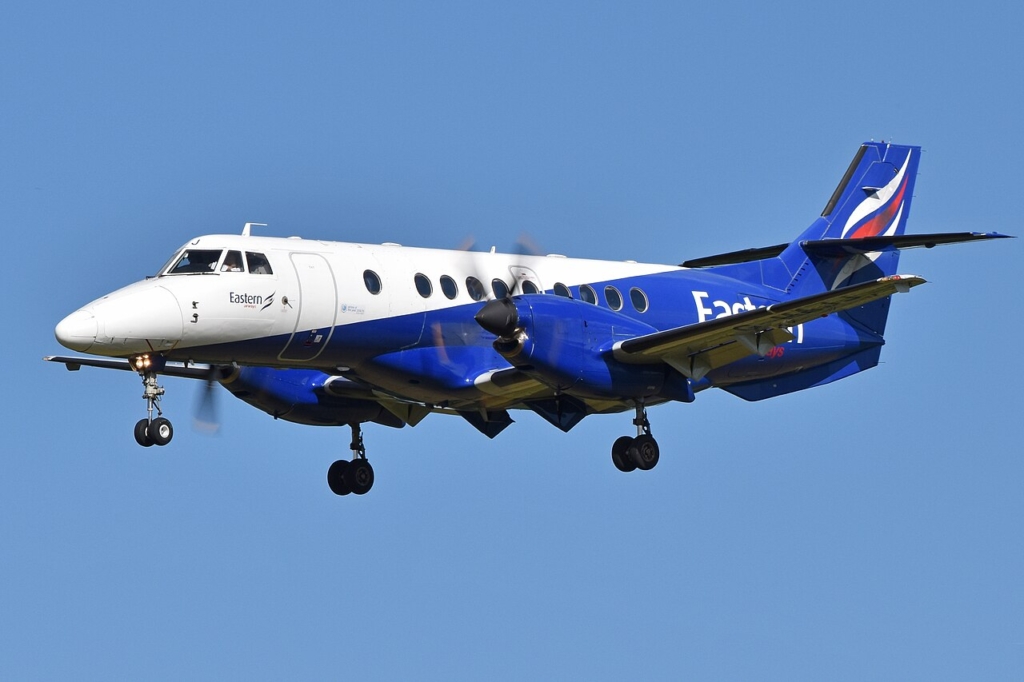
This made Eastern the world’s largest remaining operator of the Jetstream 41. However, with the failure of the airline on 26 October, the remaining airworthy aircraft were all ferried back to Humberside and are parked at the same airport awaiting their fate.
Why did the Jetstream 41 fail?
According to former BAe executives speaking after the closure of the Jetstream 41 production line, the company had taken one step too far with the jump from the Jetstream 31 to the J41, with vital lessons being missed along the way.
While the Jetstream 31 was somewhat underpowered, BAe failed to take this on board when developing the Jetstream 41. The TPE331 engines that were used for the larger variant were not powerful enough for the job they had to do with the larger airframe, increased weights, and more sophisticated onboard systems, thus limiting the aircraft’s capabilities.
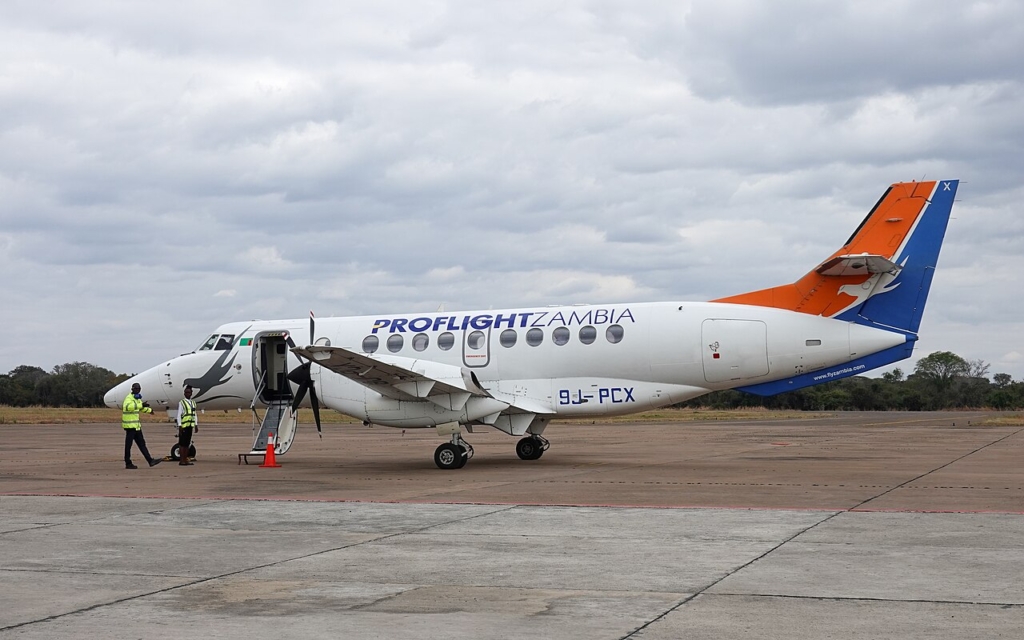
This type of engine had been used successfully on other small utility turboprops such as the Cessna Caravan. However, for an advanced airliner such as the J41, it produced insufficient power for the aircraft itself as well as the electronic flightdeck instruments, the pressurisation system, and the air conditioning.
This limited the aircraft’s performance as well as lengthening take-off distances, making smaller or hot-and-high airports inaccessible to the type.
The aircraft found its niche operating for smaller feeder airlines that operated out of large airports with long runways, such as those found at Glasgow, Humberside, Johannesburg, and airports in the US, Canada, and Australia.
Had the aircraft been fitted with a more powerful engine, then it may have been more successful, and production may have continued longer. As it was, the 104 that did enter service went on to serve for many years, with just a small handful left operating today, still flying the flag for the small regional airliner built in Scotland.
Featured image: Adrian Pingstone / Wikimedia Commons
